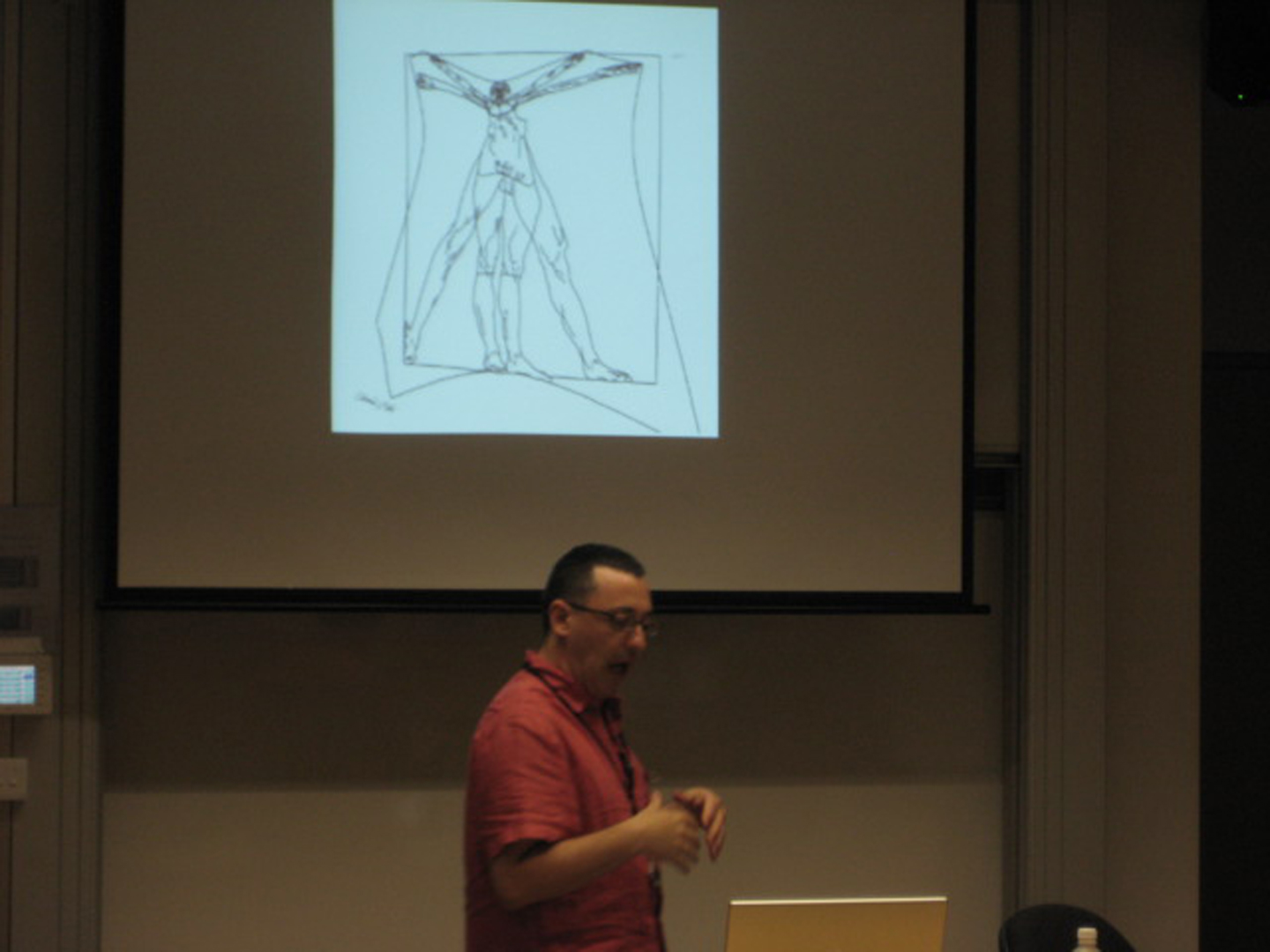“Instantaneously Mediated Virtual Visions: The Transmedia Circuit of Images, Body and Meanings” presented by Aceti
Symposium:
Session Title:
- Corporeal Interfaces
Presentation Title:
- Instantaneously Mediated Virtual Visions: The Transmedia Circuit of Images, Body and Meanings
Presenter(s):
Venue(s):
Abstract:
The contemporary visions and constructions of the world based on virtual imagery and their relationships with reality are a complex media web structure where the transitional model from old media to new media is not sufficient to explain the interactions between technological structures, creative behaviors and images as processes of remediation. The concept of remediation by Jay David Bolter and Richard Grusin is presented within a context of a digital medium that “wants to erase itself.” What Bolter and Grusin do not mention is the overlaying processes and hybridizations between media that create new languages and sublanguages, both textual and visual, generating new recontextualizations.
Bolter and Grusin identify the causes of remediation in a need for immediacy in the media/public engagement. But their brand of immediacy appears to be of a different nature from that to which Pier Paolo Pasolini refers. For Bolter and Grusin it is the immediacy of the artificial construct in creating an immediate and spontaneous style,2 for Pasolini it is the immediacy of a direct perception with the poetical and mythological realism of human existence.
Either as a process of exploitation, as described by Pasolini, or as a quest to create and achieve a sense of liveliness, as envisaged by Bolter and Grusin, the contemporary transmedia engagements between old and new media are characterized by processes of commixture, hybridization, borrowing and appropriation.
Transmedia and Recontextualizations
Bolter and Grusin look at the concept of repurposing as an elemental part of the media borrowing of remediation and subsume the complex processes of content transfer and recontextualization (cultural, historical and aesthetic) under the concept of remediation, abandoning or relegating to a minor contribution the characteristics of new and old media’s specifi c languages. Pasolini explained that there is an existence in the object of a mythological absolute and that the inability to recognize the mythological absolute generates a loss of meaning. “Has lost all meaning for you… …like a discarded memory…”. The loss of meaning, according to Jean Baudrillard, is caused by the remediation processes of digital media that function as generators of void.







